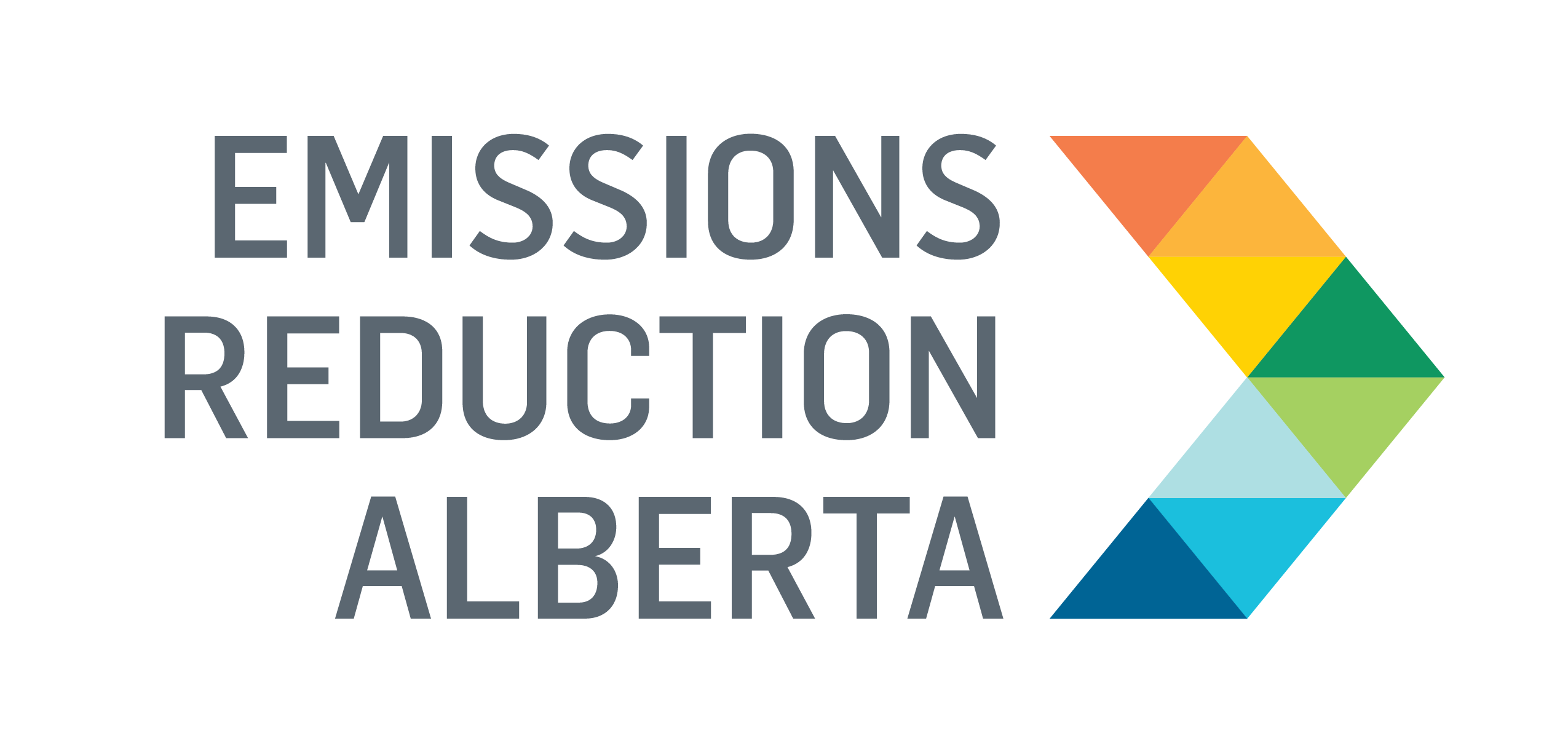Demonstrating a Scalable Solution for Low-Carbon Concrete
This project was a follow-on of a Carbon Upcycling Technologies (CUT) project from Round 1 of ERA’s Grand Challenge to scale up its patented carbon utilization process to a 20-tonne-per-day demonstration facility in Calgary. Funded through ERA’s Partnership Intake Program in 2019, this technology scale-up project involved converting CO2 emissions and fly ash into high-performance concrete additives. In this project, CUT demonstrated and scaled a process that captures CO2 emissions and uses them to improve materials like fly ash, a key ingredient of concrete. The CO2 is permanently stored by reacting it with the fly ash in a specially designed reactor that grinds and treats the material at low energy and pressure. This creates a new, high-performance additive that can replace some of the cement in concrete, whose production is a significant source of emissions. The treated material not only reduces emissions by reducing cement but also improves the concrete’s strength and durability. Over the course of the project, the company scaled its operations from lab-scale to a 20-tonne-per-day demonstration facility, tested the product with major concrete producers like Lafarge and BURNCO, and proved it could be reliably used in real-world construction projects across Alberta.
Improving CO2-Based Concrete Additives for Real-World Use
Carbon Cycle’s patented gypsum purification method enables the use of widely available, low-grade gypsum sources to produce high-purity PCC. This is critical to the process’s financial success, as PCC’s market value depends on its brightness and purity. The technology also supports Alberta’s climate goals by offering a carbon-negative alternative to conventional production methods. With strong demand for ammonium sulfate in Alberta’s agriculture sector and a growing need for low-carbon building materials, the project is well-aligned with regional priorities.
What’s next?
After the completion of this project in 2022, CUT continued to advance and commercialize its CO2 utilization technology through a series of follow-on initiatives. Notably, CUT launched two follow-on projects with ERA: “Direct Carbon Conversion to Chemically Enhance Supplementary Cementitious Materials for Building Construction (MACE)” and “The Future Generation of Low-Carbon Concrete.” These projects were funded through ERA’s Accelerating Carbon Capture, Utilization and Storage (CCUS) Technologies call and Circular Economy Challenge, respectively. The projects further developed CUT’s core process by optimizing the chemical activation of fly ash and expanding the range of suitable SCMs, enabling broader application in the construction sector. Building on the momentum of these projects, CUT secured a $26 million investment from the Business Development Bank of Canada’s climate tech fund and began co-locating full-scale systems at cement plants in Canada and the UK. By 2024, the company delivered hundreds of tonnes of CO2-enhanced materials to Alberta construction projects and is now targeting commercial production of 125,000 tonnes per year by 2026, positioning itself as a global leader in carbon utilization and low-carbon concrete innovation.
